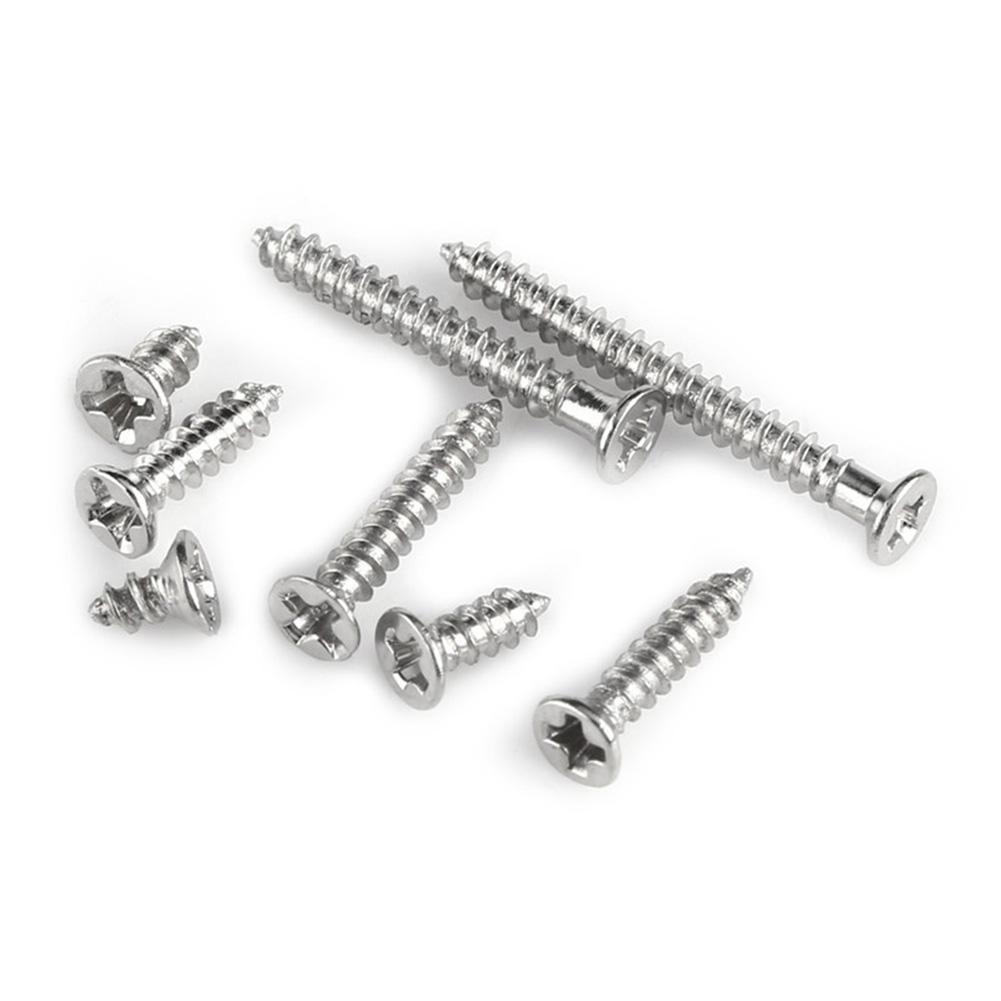Common fastening screws include self-tapping screws, fine-tooth drywall screws, traditional wood screws, and chipboard screws. The following are the characteristics of commonly used screws.
Self-tapping screws
The self-tapping screws should be used for fastening and connecting pre-drilled metal materials. It has the function of automatically tapping the internal thread on the metal body, and can complete the thread engagement with it for fastening. However, due to the high thread bottom diameter, when used in wood products, the cut into the wood will be shallow; and because the thread pitch is small, the wood structure between every two threads is also less. Therefore, it is unreliable and unsafe to use self-tapping screws for wooden mounting parts, especially loose wood.

Drywall screws
The correct use of fine-tooth drywall screws is to fasten and connect metal keels and gypsum boards. When used in wooden mounting parts, it has similar defects as self-tapping screws. Moreover, since the head diameter of the drywall screw is relatively large, the head embedding is poor, and it is easy to cause the uneven surface of the screw head and the mounting part after installation.

Traditional wood screws
Before using traditional wood screws, you need to pre-drill the wooden mounting parts, otherwise, it will easily cause the wood to crack. In addition, since traditional wood screws do not undergo heat treatment, the grooves are easily damaged when screwing with power tools, and manual installation is very laborious.

It belongs to a relatively new variety of wood screws, suitable for the installation of electric tools. However, due to its relatively simple thread design, it still cannot effectively solve the stubborn symptoms of cracking when used on hardwoods, and it does not have any advantages in screwing speed and screwing torque.
